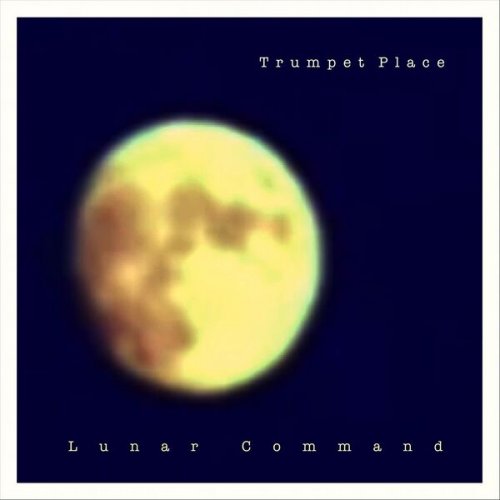Artist:
Wiener Philharmoniker, Wiener Philharmonic Orchestra, Krystian Zimerman, Maurizio Pollini, Camilla Nylund, Klaus Florian Vogt
Title:
Beethoven: Wiener Philharmoniker
Year Of Release:
2023
Label:
UMG Recordings, Inc.
Genre:
Classical
Quality:
FLAC (tracks)
Total Time: 10:53:48
Total Size: 2.71 GB
WebSite:
Album Preview
Tracklist:01. Overture
02. Overture
03. 1. Adagio, ma non troppo e molto espressivo
04. 2. Allegro molto vivace - attacca:
05. 3. Allegro moderato - attacca:
06. 4. Andante, ma non troppo e molto cantabile -
07. 5. Presto - Molto poco adagio -attacca:
08. 6. Adagio quasi un poco andante - attacca:
09. 7. Allegro
10. 1. Allegretto (Live)
11. 2. Vivace (Live)
12. 3. Lento assai, cantante e tranquillo (Live)
13. 4. Der schwer gefaßte Entschluß (Grave - Allegro - Grave ma non troppo tratto - Allegro) (Live)
14. 1. Adagio molto - Allegro con brio (Live)
15. 2. Andante cantabile con moto (Live)
16. 3. Menuetto. Allegro molto e vivace (Live)
17. 4. Finale. Adagio - Allegro molto e vivace (Live)
18. Beethoven: Overture "Coriolan", Op. 62
19. Beethoven: Overture "Leonore No. 3", Op. 72a
20. 1. Adagio molto - Allegro con brio (Live)
21. 2. Larghetto (Live)
22. 3. Scherzo. Allegro (Live)
23. 4. Allegro molto (Live)
24. 1. Allegro con brio
25. 2. Marcia funebre (Adagio assai)
26. 3. Scherzo (Allegro vivace)
27. 4. Finale (Allegro molto)
28. 1. Allegro con brio
29. II. Largo
30. III. Rondo (Allegro scherzando)
31. 1. Allegro con brio - Cadenza: Ludwig van Beethoven
32. 2. Adagio
33. 3. Rondo (Molto allegro)
34. I. Allegro con brio (Live)
35. II. Largo (Live)
36. III. Rondo (Allegro) (Live)
37. 1. Adagio - Allegro Vivace
38. 2. Adagio
39. 3. Allegro vivace
40. 4. Allegro ma non troppo
41. I. Allegro con brio
42. II. Andante con moto
43. III. Allegro
44. IV. Allegro
45. I. Allegro moderato (Live)
46. II. Andante con moto (Live)
47. III. Rondo (Vivace) (Live)
48. 1. Allegro
49. 2. Adagio un poco mosso
50. 3. Rondo (Allegro)
51. Overture
52. I. Erwachen heiterer Empfindungen bei der Ankunft auf dem Lande. Allegro ma non troppo
53. II. Szene am Bach. Andante molto mosso
54. III. Lustiges Zusammensein der Landleute. Allegro
55. IV. Gewitter, Sturm. Allegro
56. V. Hirtengesang. Frohe und dankbare Gefühle nach dem Sturm. Allegretto
57. I. Poco sostenuto - Vivace
58. II. Allegretto
59. III. Presto - Assai meno presto
60. IV. Allegro con brio
61. I. Allegro vivace e con brio
62. II. Allegretto scherzando
63. III. Tempo di menuetto
64. IV. Allegro vivace
65. I. Allegro ma non troppo, un poco maestoso
66. II. Molto vivace
67. III. Adagio molto e cantabile
68. IVa. Finale. Presto
69. IVb. Allegro assai
70. IVc. Presto - Recitativo "O Freunde, nicht diese Töne!"
71. IVd. Allegro assai vivace. Alla Marcia
72. IVe. Andante maestoso
73. IVf. Allegro energico e sempre ben marcato
74. IVg. Allegro ma non tanto
75. IVh. Poco allegro, stringendo il tempo, sempre più allegro – Presto
Since its inception in 1842, the Wiener Philharmoniker (or Vienna Philharmonic Orchestra in English) has represented the best in the Central European orchestral tradition. Before the Wiener Philharmoniker was founded, there was no permanent, professional orchestra to be found outside the opera halls in the city of Mozart, Haydn, and Beethoven. The Wiener Philharmoniker is one of the most traditional orchestras in the world today, with much-beloved traditions, like the annual New Year's concerts of waltzes by the Strauss family.
In 1833, Franz Lachner, conductor at the Hofoper, had formed a musicians' association from the ranks of the opera orchestras to play symphonic music, but this was a temporary endeavor. Nine years later, a group of music critics and other interested parties persuaded Otto Nicolai, principal conductor of the Kärntertortheater, to conduct the first Wiener Philharmoniker concert at the Grosser Redoutensaal (Great Ballroom) on March 28, 1842. The group was founded as the first completely self-governing orchestra, and it has remained so ever since. Although concerts were irregular until 1860, the orchestra quickly built up a reputation. From 1860 to 1875, Otto Dessoff was the permanent conductor, bringing the music of Brahms, Wagner, and Liszt into the concert halls. Hans Richter succeeded Dessoff and conducted the orchestra until 1898, introducing Bruckner and Dvorák to Viennese audiences. Both of these conductors played major roles in establishing the Wiener Philharmoniker as one of the finest orchestras in the world. During this time, the Wiener Philharmoniker had numerous premieres of now-classic works such as Brahms' Second Symphony and Bruckner's Eighth; sometimes, as in the case of Bruckner's Third, the premiere was conducted by the composer himself. The great Gustav Mahler conducted from 1898 to 1901, but his tenure was marked by dissension within the orchestra.
The longest-term conductor of the post-Mahler era was Felix Weingartner, from 1908 to 1927. He was beloved by the orchestra for his measured, classical style and, in particular, for his Beethoven interpretations. From 1933 to 1938, the revered conductors Bruno Walter and Wilhelm Furtwängler shared the subscription concerts; after Hitler's annexation of Austria in 1938, the Nazi Party dissolved the orchestra, but the decision was reversed after Furtwängler intervened. The Wiener Philharmoniker led an uneasy life during the war but afterward reclaimed its place in the world's orchestral pantheon. The list of conductors who have led Wiener Philharmoniker subscription concerts reads like an honor roll of maestros; Richard Strauss, Arturo Toscanini, Herbert von Karajan, and Leonard Bernstein have each taken turns at the podium.
The Wiener Philharmoniker has held an annual New Year's Day Concert of Strauss family works, particularly those of Johann II, since 1941 when Clemens Krauss began the tradition; the first of these concerts was actually held on New Year's Eve in 1939, after which the concert has occurred on New Year's Day. Riccardo Muti led the orchestra in its 80th New Year's concert in 2021, marking his sixth appearance in the series. While some of its traditions are revered, others have come under fire in recent years. Though the Wiener Philharmoniker premiered a lot of music in its early days, it now prefers to play mostly music written before 1900, which created a controversy at the Salzburg Festival during the 1990s. The orchestra also refused until 1997 to accept a female musician as a full member, threatening to disband rather than cave in to political pressure. The first woman member of the Wiener Philharmoniker was harpist Anna Lelkes, who was granted full membership after 26 years of service. Simone Young was the first woman to conduct the Wiener Philharmoniker in 2005, and in 2008, Albena Danailova became the orchestra's first female concertmaster. Historically, the Wiener Philharmoniker has opposed hiring musicians who are not Central European in order to preserve what is perceived as a unique quality of sound. While the orchestra's policies may be controversial, it cannot be disputed that the Wiener Philharmoniker is one of the world's finest orchestras, performing with exceptional finesse and clarity, with a beautifully blended woodwind and brass sound that meshes perfectly with its subtle, lush strings.
The Wiener Philharmoniker is celebrated on 24-carat gold bullion coins issued by the Austrian Mint. In 2006, the design of the coinage was featured by Austrian Airlines on its airplanes to promote both the orchestra and the sale of the coins, which are among the most popular with investors. © Andrew Lindemann Malone
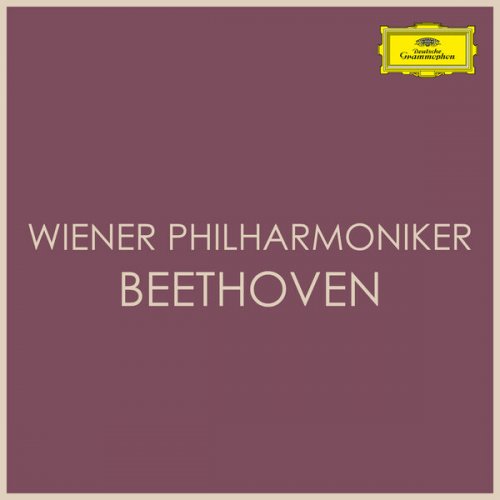

![Gonzalo Rubalcaba - Gonzalo Plays PIino (2025) [Hi-Res] Gonzalo Rubalcaba - Gonzalo Plays PIino (2025) [Hi-Res]](https://www.dibpic.com/uploads/posts/2025-12/1766206867_folder.jpg)

![Alma Micic - You're My Thrill (2024) [Hi-Res] Alma Micic - You're My Thrill (2024) [Hi-Res]](https://www.dibpic.com/uploads/posts/2025-12/1766493943_amyt500.jpg)
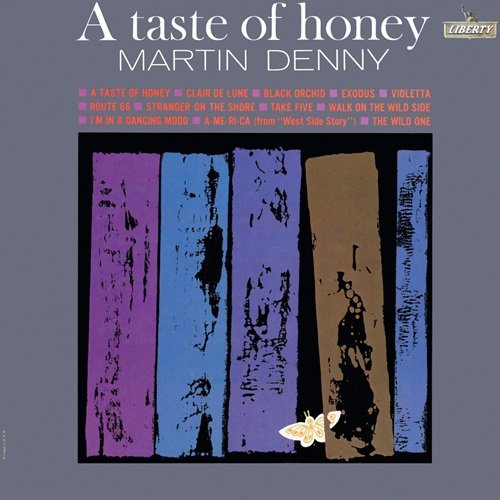
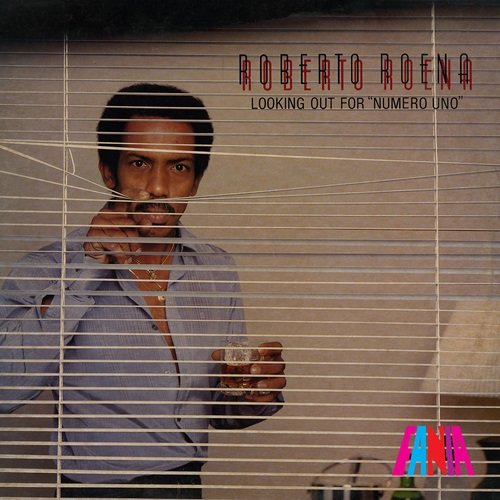
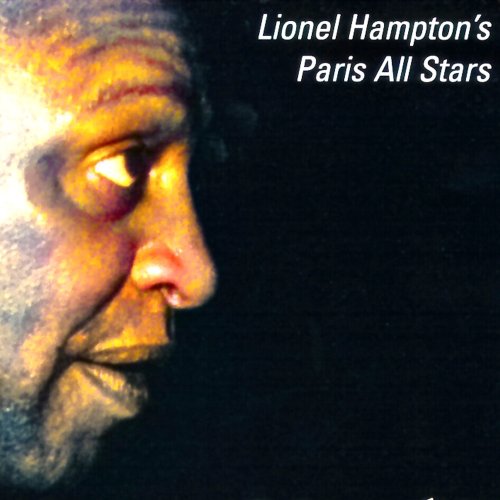
![Iman Spaargaren & Peter Bjørnild - In Essence (2025) [DSD256] Iman Spaargaren & Peter Bjørnild - In Essence (2025) [DSD256]](https://www.dibpic.com/uploads/posts/2025-12/1766381912_cover.jpg)
